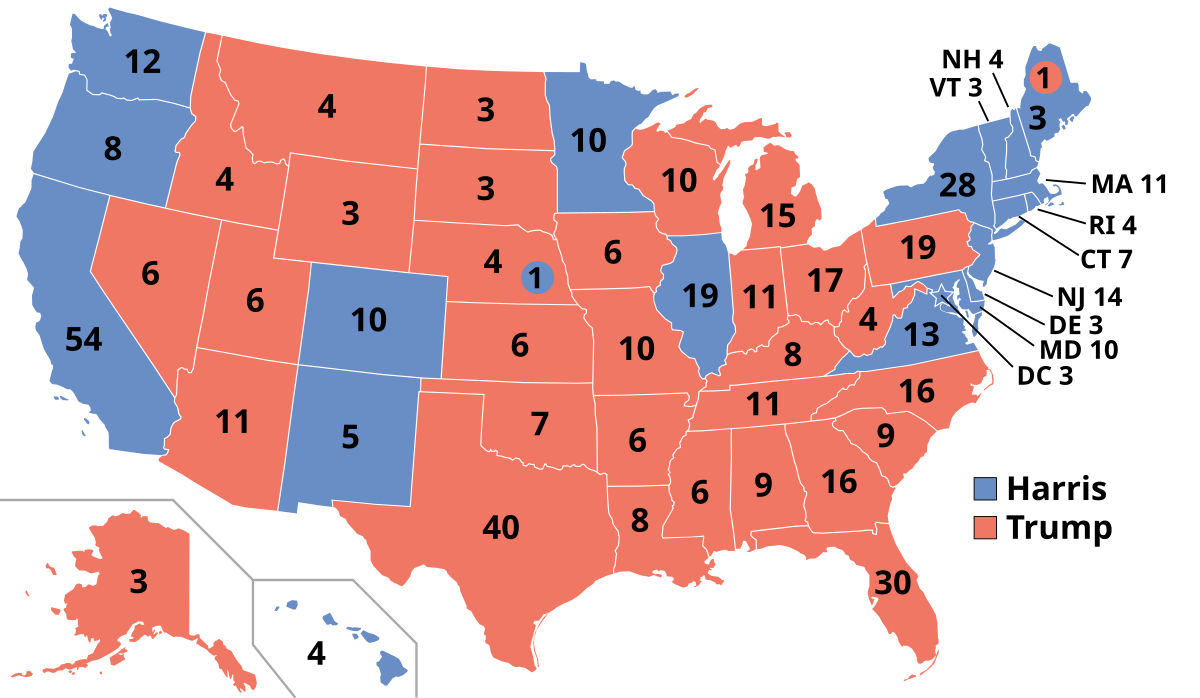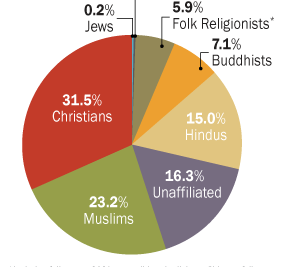
What are the US Electoral College votes by state for 2024

The United States presidential election is a significant event that captures the attention of citizens and the world alike. What are the US Electoral College votes by state for 2024? This question becomes central as candidates campaign across the nation, hoping to secure enough electoral votes to win the presidency. Understanding how these votes are allocated and the influence they can have is crucial for predicting the outcomes of elections.
With the 2024 election on the horizon, voters are eager to grasp how their state’s electoral votes play a role in the larger political landscape. Each state has a different number of electors based on its population and representation in Congress. This article provides a comprehensive overview of the Electoral College, its history, and a breakdown of electoral votes by state for the upcoming election.
- Understanding the Electoral College
- History of the Electoral College
- How Electoral Votes are Allocated
- Overview of Electoral Votes by State for 2024
- Key States to Watch in the Election
- Factors Influencing Electoral Vote Distribution
- Significance of the Electoral College in Presidential Elections
- Conclusion: Implications for the 2024 Election
Understanding the Electoral College
The Electoral College is the body that officially elects the President and Vice President of the United States. Comprising 538 electors, a candidate needs a majority of at least 270 electoral votes to win the presidency. The electoral votes for each state are awarded based on the number of its senators (always two) and representatives in the House, which correlates with the state’s population size. This system was established in the U.S. Constitution to balance the influence of populous states with less populous ones, ensuring that every state has a voice in the presidential election process.
How the Electoral College Works
When citizens cast their votes on Election Day, they are technically voting for a slate of electors pledged to support a specific candidate. The winner of the popular vote in each state generally receives all of that state’s electoral votes, although Maine and Nebraska use a proportional system. The electors then meet in their respective state capitals in December to cast their votes for President, which are subsequently counted in a joint session of Congress in January, finalizing the election of the President and Vice President.
History of the Electoral College
The Electoral College has a rich history, dating back to the Constitutional Convention of 1787. The framers of the Constitution sought a compromise between those who wanted the president to be elected by Congress and those who believed in a popular vote. This result was the adoption of the Electoral College, reflecting both federal and national principles. Over time, this system has faced criticism and calls for reform; however, it has remained unchanged, with only minor adjustments over the years. More recently, discussions about the fairness and efficacy of the Electoral College have been reignited, especially following controversial elections where the popular vote winner did not secure the presidency.
How Electoral Votes are Allocated
Electoral votes are allocated based on the most recent census, which determines the number of Congressional representatives each state has. Every ten years, after the census, states may gain or lose electoral votes through a process known as reapportionment. For the 2024 election, states' electoral votes reflect the population data from the 2020 census. As a result, it is essential to monitor changes in population demographics, which may affect the number of electors a state possesses in future elections.
How Many Electors Does Montana Have?
For the 2024 presidential election, Montana has been allocated 4 electoral votes, as confirmed by the results from the 2020 census. This reflects a growth in population, which has allowed the state to retain its previous representation in the Electoral College. Understanding how many electors each state has is fundamental for grasping the significance of these electoral votes during election year.
Overview of Electoral Votes by State for 2024
Below is a comprehensive list of allocated Electoral College votes by state for the 2024 presidential election:
- Alabama: 9
- Alaska: 3
- Arizona: 11
- Arkansas: 6
- California: 54
- Colorado: 10
- Connecticut: 7
- Delaware: 3
- Florida: 30
- Georgia: 16
- Hawaii: 4
- Idaho: 4
- Illinois: 19
- Indiana: 11
- Iowa: 6
- Kansas: 6
- Kentucky: 8
- Louisiana: 8
- Maine: 4
- Maryland: 10
- Massachusetts: 11
- Michigan: 15
- Minnesota: 10
- Mississippi: 6
- Missouri: 10
- Montana: 4
- Nebraska: 5
- Nevada: 6
- New Hampshire: 4
- New Jersey: 14
- New Mexico: 5
- New York: 28
- North Carolina: 16
- North Dakota: 3
- Ohio: 17
- Oklahoma: 7
- Oregon: 8
- Pennsylvania: 19
- Rhode Island: 4
- South Carolina: 9
- South Dakota: 3
- Tennessee: 11
- Texas: 40
- Utah: 6
- Vermont: 3
- Virginia: 13
- Washington: 12
- West Virginia: 4
- Wisconsin: 10
- Wyoming: 3
- District of Columbia: 3
Key States to Watch in the Election
In every presidential election, certain states become critical battlegrounds, often referred to as "swing states." These states can vary from election to election but typically include states like Florida, Pennsylvania, and Wisconsin, where both Democratic and Republican candidates have the potential to win significant electoral votes. The outcome in these states can often decide the presidency, making them a focal point for candidates as they strategize their campaigns to appeal to voters.
Florida's Role
With 30 electoral votes, Florida remains one of the most significant states in the electoral landscape. Voters here are diverse, with a significant population of retirees and a considerable Hispanic community, which means candidates must tailor their messages to appeal to different demographics. Consequently, Florida has become a vital state for both parties, and its results are closely watched as polls close on election night.
Pennsylvania and the Rust Belt
Pennsylvania holds 19 electoral votes and is part of the larger Rust Belt region, which has been pivotal in recent elections. This state’s electorate often swings between parties, depending on economic issues related to manufacturing and employment. Candidates who can connect with working-class voters are likely to find success in Pennsylvania.
Factors Influencing Electoral Vote Distribution
Several factors can influence how electoral votes are distributed, apart from the decennial census. Key elements include demographic shifts, regional population growth, urbanization, and political trends. Is North Dakota a red or blue state in 2024? Current trends indicate that North Dakota leans more Republican, which could influence the political landscape as candidates tailor their approaches to appeal to the state’s predominantly conservative voters.
Demographic Changes
Changes in demographics can have a profound impact on elections. A growing population of younger voters, minority groups, and urban populations can shift the political landscape dramatically. States experiencing significant demographic changes often see adjustments in electoral vote allocations as they gain or lose representation.
Significance of the Electoral College in Presidential Elections
The Electoral College remains a critical component of the U.S. presidential election system, providing a mechanism that balances the influence of populous states with smaller states. While many citizens push for reform or abolition of the Electoral College, it has proven resilient, steeped in centuries of political history. Understanding its implications helps voters appreciate the broader electoral process and how their votes truly impact national decisions.
Conclusion: Implications for the 2024 Election
As the 2024 presidential election approaches, understanding the electoral votes by state is more important than ever. The dynamics of state electoral votes will shape candidates' campaign strategies as they navigate the primary and general elections. For states with close races, like Florida and Pennsylvania, every vote can make a difference. With the Electoral College system in place, outcomes can hinge on a few key voters in a handful of critical states.
In conclusion, as voters and candidates prepare for the 2024 election, the question of how states allocate their electoral votes will remain central to the political discourse. The landscape may shift, but the importance of understanding this process will ensure that every vote counts in shaping the future of the nation.
Did you find this article helpful? What are the US Electoral College votes by state for 2024 See more here Education.
Leave a Reply






Related posts